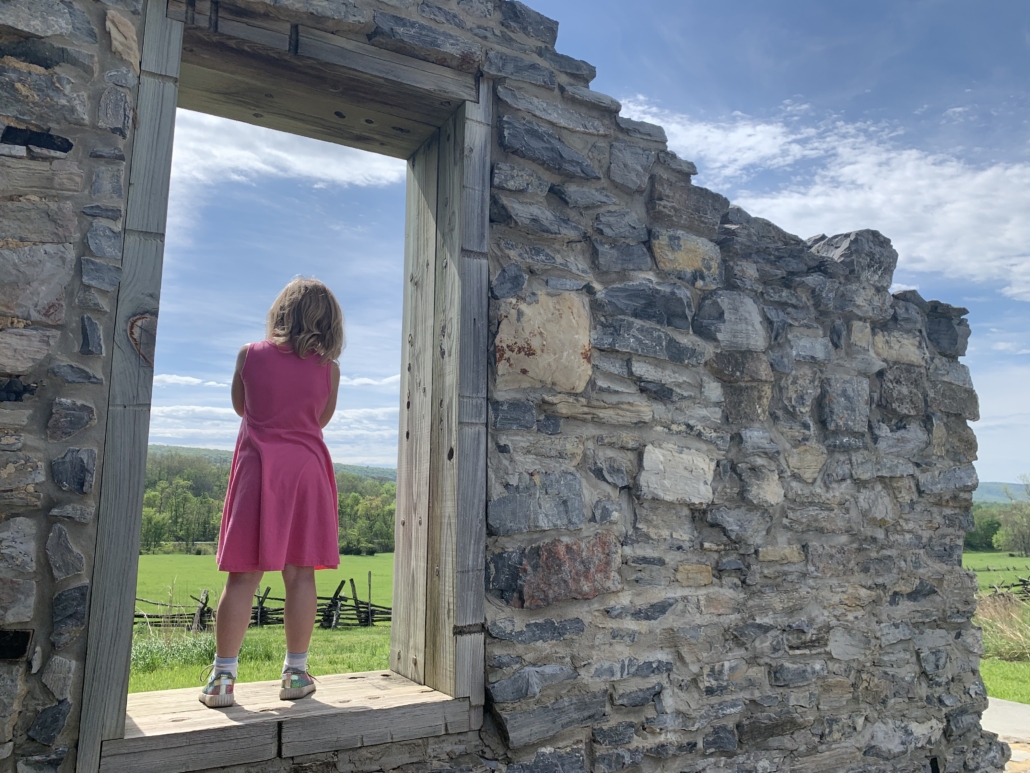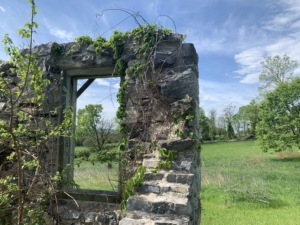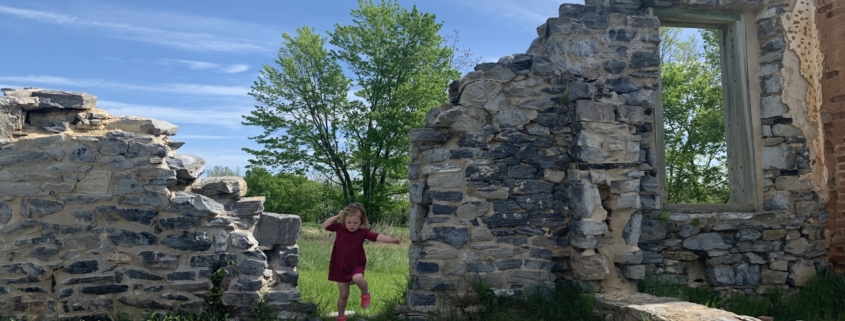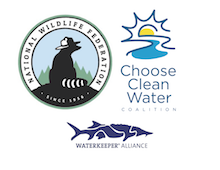Finding Peace in Nature: Schoolhouse Ridge South
“The first step in solving a problem is to recognize that it does exist”
–Zig Ziglar, American author
Dear Friend of WV Rivers,
Sometimes we need to look to our past to understand where we are today.
Whether we look at social inequities, economic disparities, or environmental disasters – the fight for justice in our country is not over.
In this edition of Finding Peace in Nature, I wanted to share some of my personal reflections regarding environmental justice, or the intersection of our social, economic, and environmental issues. I offer these reflections while recognizing my own privilege as a white male in a white-led organization.
For now, grab a few heavy objects to carry (for example, we chose our daughters) and take a hike through the sunny fields of Schoolhouse Ridge South.
Another excellent site in the bucolic Harpers Ferry National Historical Park, Schoolhouse Ridge South features several trails of moderate length and intensity, wildlife viewing opportunities, ruins of historic farmhouses, and even a few cannons. Restrooms are available, but be prepared to carry out all of your trash and as always, recreate responsibly.
On this site, nearly 160 years ago, the Battle of Harpers Ferry raged and Confederate General “Stonewall” Jackson forced the largest surrender of US troops during the civil war.
Today, these hallowed grounds remind us of our nation’s tragic history of slavery and bloodshed. A history that we carry with us today. A history that, very much so, defines our present.
Just as weeds have infiltrated the ruins of the house foundation at Schoolhouse Ridge South, so too has our nation’s history of racism weaved itself into the foundation of our daily lives. Even the environmental movement in America has suffered from a lack of inclusion and diversity.
Across the country, communities of color and low-income communities often face not only racism and classism, but also a lack of environmental justice – “the fair treatment and meaningful involvement of all people regardless of race, color, national origin, or income, with respect to the development, implementation, and enforcement of environmental laws, regulations, and policies.”
For example, a recent study of 6,000 US communities found that low-income neighborhoods have about 15% less tree cover than wealthier neighborhoods. And communities of color have even less. Knowing that urban heatwaves kill upwards of 1,300 people per summer, and accepting science-based forecasts for climate change tripling the frequency of dangerously hot days by 2050 (both of which can be mitigated by planting trees), we can clearly see how essential environmental justice is to the health and wellbeing of communities across the nation.
This leads to a question…how can we help communities more equitably plant trees where they are needed most here in the eastern panhandle?
This is the question that WV Rivers Coalition assisted a class of students from Shepherd University in answering. Using the EPA’s Environmental Justice Screening and Mapping Tool (EJSCREEN), students identified local opportunities for tree plantings based on community demographics and environmental stressors.
Based on EJSCREEN data, the students identified six sites, including schools and public housing areas, that if trees were planted would benefit the people of color and low-income neighborhoods most impacted by environmental pollutants locally. The students then generated actionable reports to share with the WV Chesapeake Bay Program “Trib Team”, a partnership of state agencies and local organizations working together to achieve West Virginia’s clean water goals. Trib Team partners can now find ways to work with community members in planting trees at these sites in the fall. (If you need a reminder why trees are essential to clean water, check out our Arbor Day edition of Finding Peace in Nature.)
This leads to another question...how do we build authentic relationships with communities who experience injustice every day?
Like a tree, these relationships must be maintained, tended to, and provided space to grow.
And that brings us back to our visit to Schoolhouse Ridge South. As a family, as we were (literally) carrying the weight of two children through the humid heat of a late-spring hike, we reached a point where there was no choice but to turn around. Having access to public lands is a privilege, but as much as we love our outdoor explorations, they are optional.
As a community, when we are (figuratively) carrying the weight of justice, we have no choice but to keep going. Justice is not optional.
We must all recognize the social, economic, and environmental problems in our communities, whether they impact us or our neighbors. Best said by Dr. Martin Luther King Jr., “injustice anywhere is a threat to justice everywhere”.
And once we recognize injustices, we can all be a part of the solution. In our own lives, in our own communities, in our own way. The goal is not for some people to do everything, but for everyone to do something.
So what’s the first step? Whichever one is right in front of you.
For me? I think it’s time to plant some trees…
To clean water and clean hands,
Tanner Haid, Eastern Panhandle Field Coordinator








